Claude Monet wanted to be buried in a buoy. ‘This idea seemed to please him,’ his friend Gustave Geffroy wrote. ‘He laughed under his breath at the thought of being locked forever in this kind of invulnerable cork, dancing among the waves, braving storms, resting gently in the harmonious movements of calm weather, in the light of the sun.’ Tethered below the water, but bobbing on the surface like a necropolitan bud, this bizarre image would have the great Impressionist finally metamorphosing into the thing that had so dominated his later years: the water lily.
For an author who has taken on those titans of the Renaissance, Leonardo and Michelangelo, an ageing Claude Monet might seem an odd choice of subject. In his earlier years, however, Monet had made himself the interpreter of France and the French countryside, and as France again found itself at war with Germany and almost a million and a half Frenchmen went to their graves, the cantankerous, selfish, obsessive, gourmandising old egotist found himself the improbable symbol of the France and French culture that German barbarism was threatening.
This is the peg on which Ross King hangs the story of Monet’s last great fling as a painter and an obsession that began 20 years earlier when he bought his first water lilies from an enterprising botanist in Bordeaux. The history of Monet’s garden is a familiar one, but this book is not so much about Giverny as a narrative of the long, exasperating and often bitter process by which Monet’s dream of a circular panorama dedicated to his paintings of water lilies finally became a reality in his and Impressionism’s most famous memorial, the galleries of the Orangerie.
While Monet had been painting his pond and lilies since 1895, King’s story really begins in the spring of 1914, with the visit to Giverny of his old friend and champion, the journalist, campaigner, duellist and past and future prime minister, the redoubtable ‘Tiger’, Georges Clemenceau. By the outbreak of war, family bereavements and failing sight had almost finished Monet as a painter. But badgered, encouraged and flattered by Clemenceau — the real hero of this story — Monet took up his brushes again to embark on the monumental series of canvases that would fill the last 12 years of his life.
He was a selfish old devil, ready to pull whatever strings he could to make sure that war did not interfere with his supplies of tobacco, coal or petrol. But as the battles of the Marne and Aisne thundered on the other side of Paris, as family members went off to war and Clemenceau raged and finally took up the mantle of Père-la-Victoire, Monet worked away on the water lilies as if France herself depended on them.
It perhaps says it all that he would renege on the one official war commission he was given (to paint the ravaged Reims Cathedral), but in his water lilies — more than a furlong of reflected sky and willows, arranged and rearranged on 14-foot-wide canvases on their wheeled easels in his huge garden studio — Monet could perhaps persuade himself amidst the ponds and flowers of Giverny that he was creating his own memorial to the dead of France and the imperishable spirit of the French nation.
Ross King’s Monet might not be an easy man to like, but King is also very good with the wider picture, and the fascination of this lively and entertaining book lies as much in its portrait of first-world-war France as it does in its depiction of Giverny. He does full justice to the artist’s evolution from the pure light of his earlier poplars and wheat-stacks to the brooding, unsettling Monet who became a forerunner of Abstract Expressionism; but it is in the period detail and character portraits that Mad Enchantment really comes to life.
How many visitors to the Orangerie today, for instance, have heard of that rival monumental artistic tribute to France’s dead of the Great War, Pierre Carrier-Belleuse and Auguste François-Marie Gorgue’s Pantheon de la Guerre? Installed in a purpose-built gallery near the Hôtel des Invalides, this 45-foot-high panorama was 402 feet in circumference and included 5,000 full-length portraits of French and Allied leaders and soldiers. Grieving families were invited to bring representations of soldiers to be included in what became a symbol of national mourning. When Clemenceau visited Monet’s water lilies at the Orangerie just a year after their opening, ‘There wasn’t a soul there.’ Between its unveiling in October 1918 and 1927 the Pantheon de la Guerre was visited by eight million people. C’est la guerre.
The post Monet’s great war effort appeared first on The Spectator.
Got something to add? Join the discussion and comment below.
Get 10 issues for just $10
Subscribe to The Spectator Australia today for the next 10 magazine issues, plus full online access, for just $10.
You might disagree with half of it, but you’ll enjoy reading all of it. Try your first month for free, then just $2 a week for the remainder of your first year.

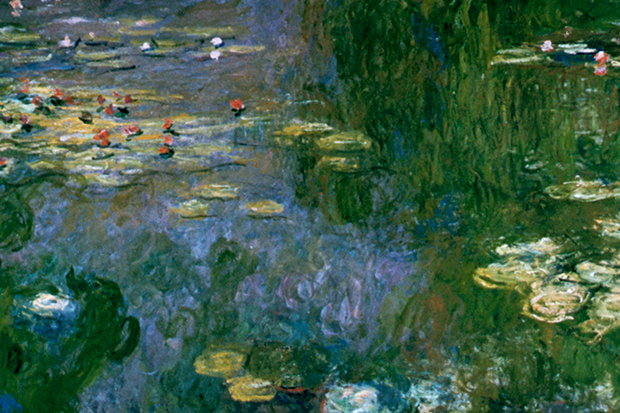
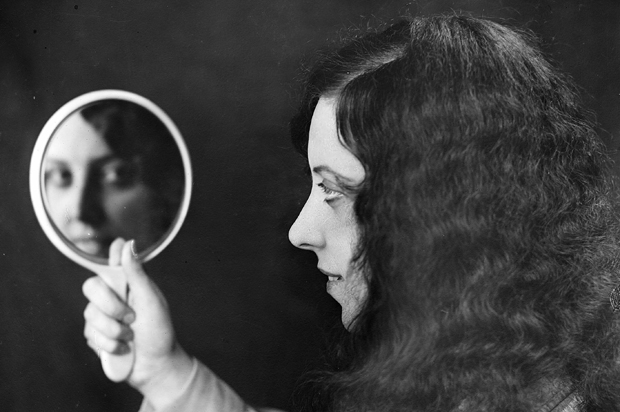
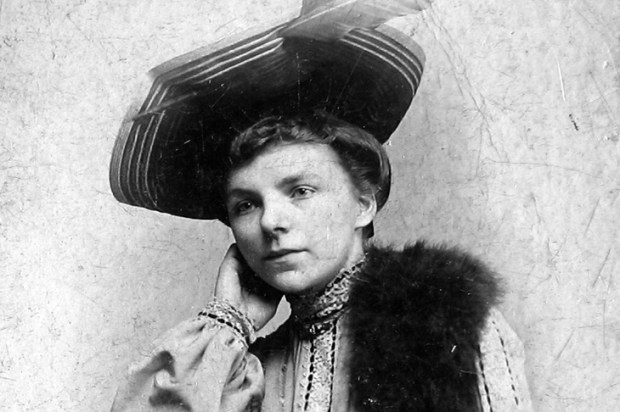
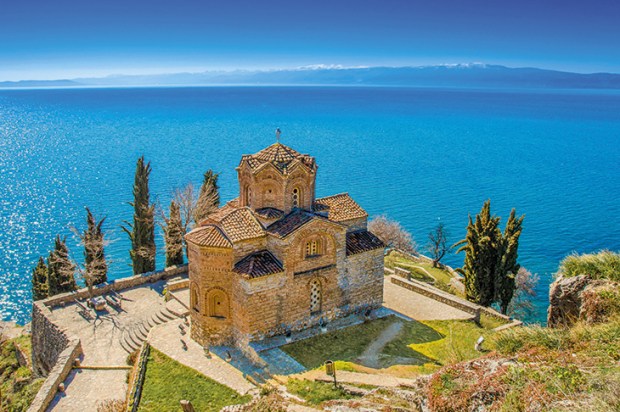
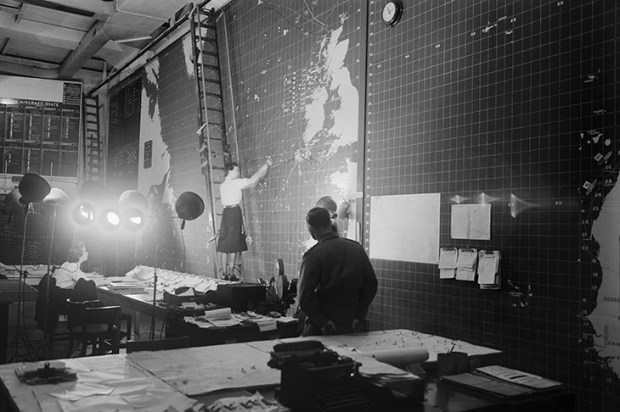
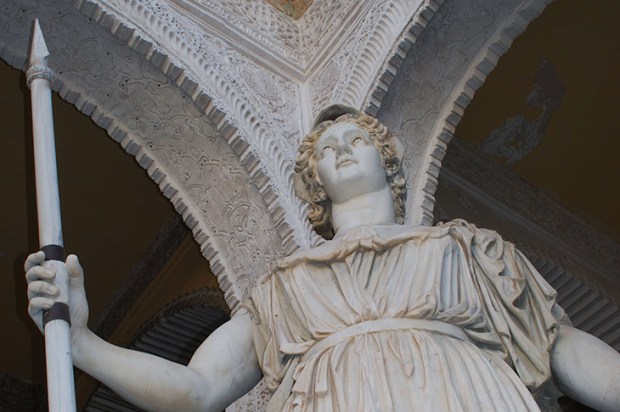
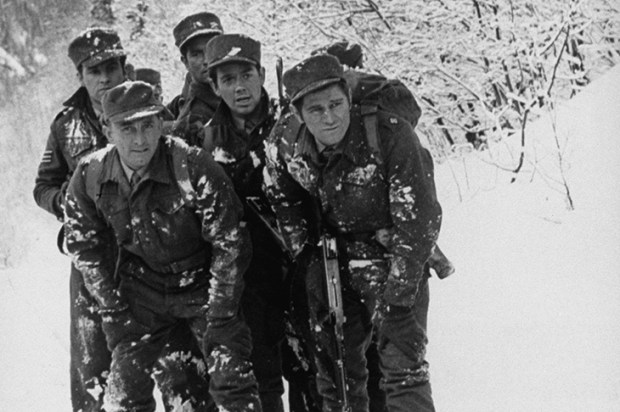






Comments
Don't miss out
Join the conversation with other Spectator Australia readers. Subscribe to leave a comment.
SUBSCRIBEAlready a subscriber? Log in